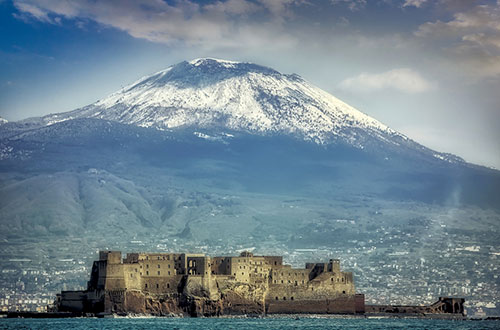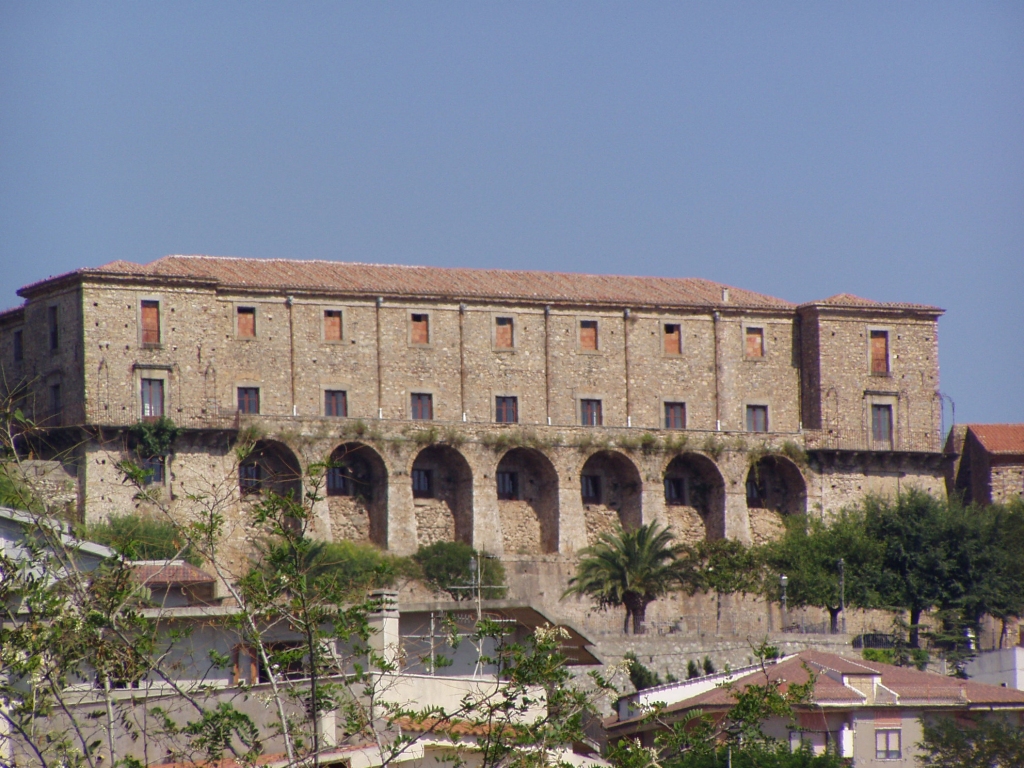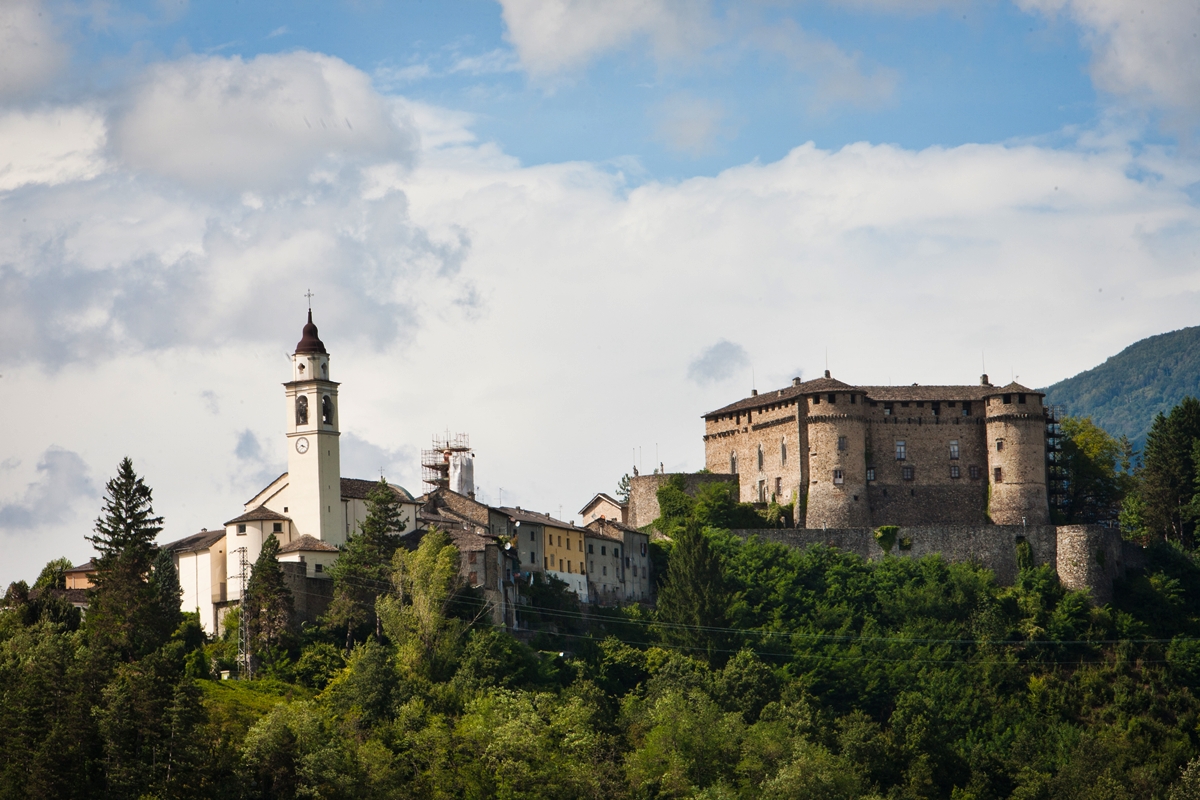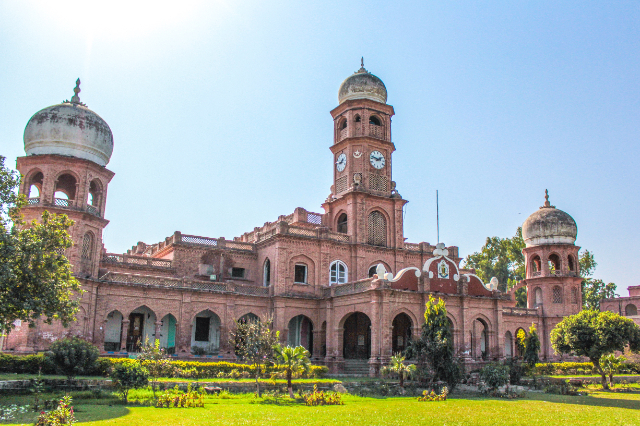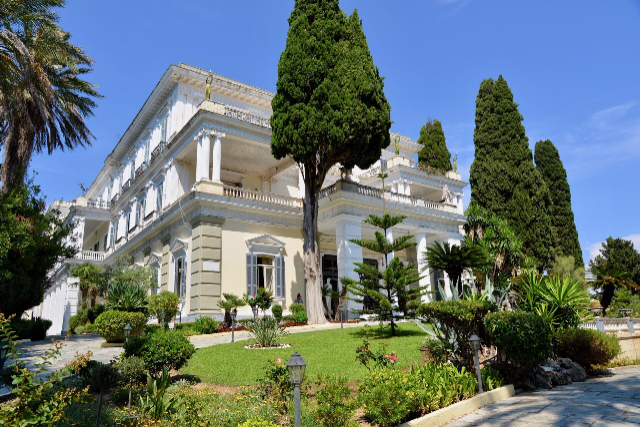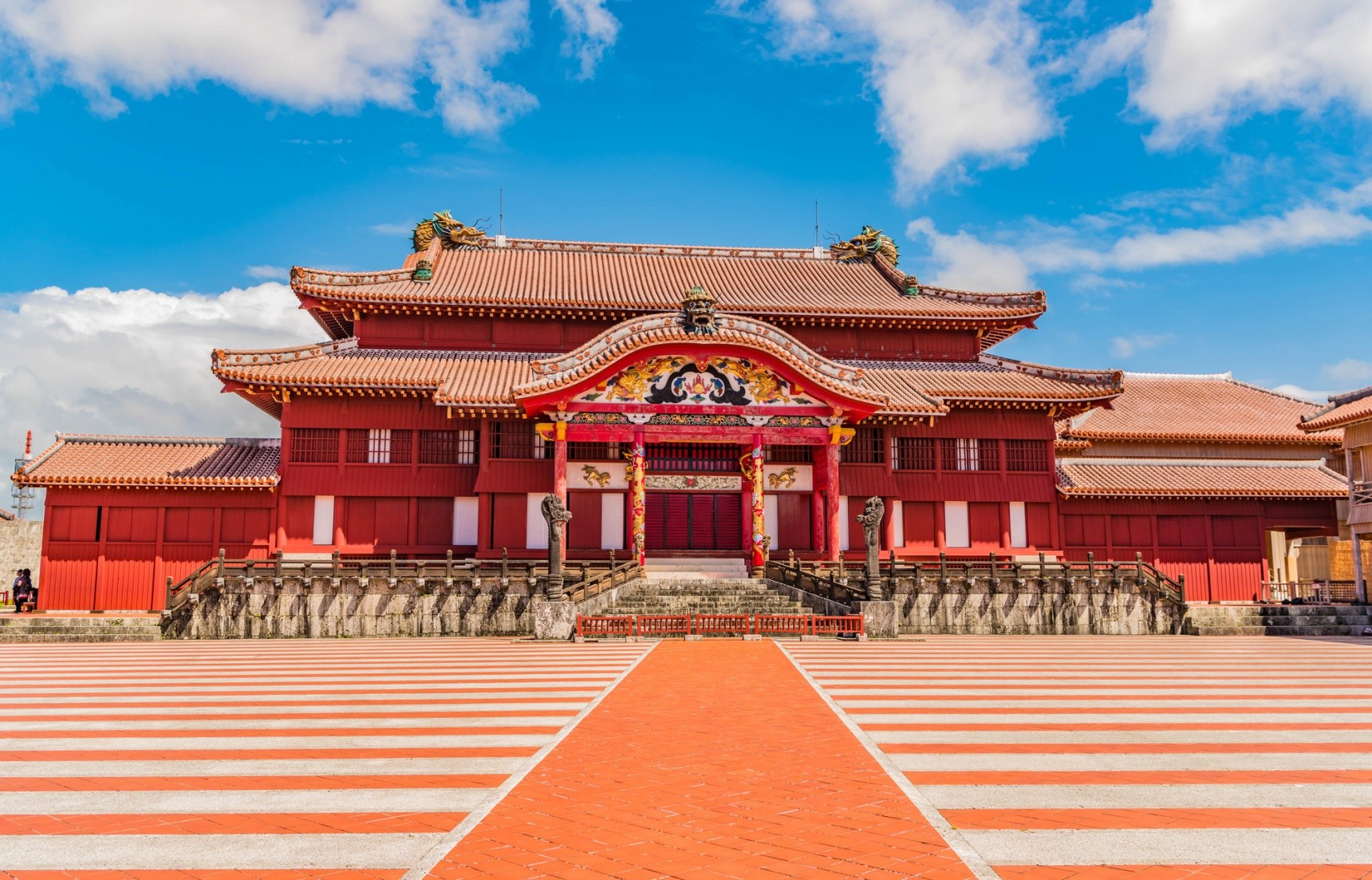On the ancient Islet of Megaride rises imposingly the Castel dell’Ovo. One of the most fanciful Neapolitan legends would trace its name to the egg that Virgil is said to have hidden inside a cage in the castle’s basement. The place where the egg was kept, was closed by heavy locks and kept secret since from " quell’ovo pendevano tutti li facti e la fortuna dil Castel Marino."
From that moment on, the fate of the Castle, along with that of the entire city of Naples, was linked to that of the egg. The chronicles report that, at the time of Queen Giovanna I, the castle suffered extensive damage due to the collapse of the archway that joins the two rocks on which it is built, and the Queen was forced to solemnly declare that she had provided for the replacement of the egg to prevent panic from spreading through the city for fear of new and more serious disasters
COme already mentioned stands on the islet of Megaride, consisting of two rocks joined together by a large archway. On this islet the Cumanians (of Greek-Euboic origin) landed in the mid-seventh century BC and then founded on the back of Mount Echia the city (or, at least, an organized settlement) of Partenope, the necropolis of which was discovered in 1949 at Via Nicotera 10, while the foundations were being dug for the construction of a building that replaced another destroyed by bombing in the last war.
On the islet and on Mount Echia, in the first century B.C., during Roman rule, the famous villa of Lucius Licinius Lucullus was built, which probably extended with gardens and fountains as far as the present Piazza Municipio, as a structure unearthed by recent excavations under Castelnuovo seems to show.
All that remains of the remembered villa are the ruins of the columns in the so-called "Hall of Columns," which, during the early Middle Ages, was used as the refectory of one of the convents that were built on the islet, and the remains of a nymphaeum on the terrace of Monte Echia
